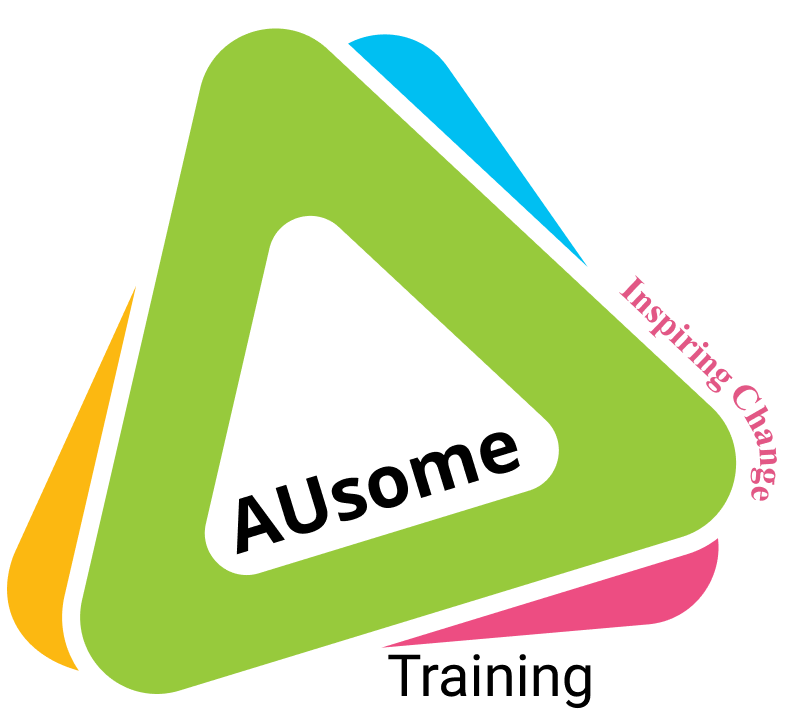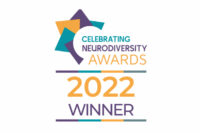The Autistic – Intellectual Disability interface by Stiof MacAmhalghaidh
There is, still, a widespread belief that ‘most’ or ‘a lot’ of Autistic people have an Intellectual Disability (ID) or even that ID is ‘part of’ being Autistic. Right now, there are sources stating that 85% of Autistics have an Intellectual Disability.
This is wrong. Over the last 50 years or so studies have assured us the prevalence is 85%, 70%, 68%, 65%, 62%, 55%, 50-55%. In 2008 the CDC in the USA said about 45% of Autistics had an ID. Yes, one and a half decades ago. Recent studies, for example in Scotland, suggest 29-32%. There’s a clear trend to lower estimates over time.
So much inconsistency. But why?
Partly due to definitions and gatekeeping – almost all studies require diagnosis which eliminates a lot of Autistics from being counted, even today. The definitions and tools used also vary country to country, person to person, and over time.
Similarly for Intellectual Disability which is assessed using a wide range of tools that take varying account of access to education, socialisation, culture, gender, speech skills, language skills, physical disability, neurodivergence and more – the biggest cause of variation in results appears to just be the choice of tool used!
There’s also Learning Disability (LD) which, depending on the definition used, is equivalent to ID, a subtype of ID, includes ID as a subtype, or is entirely distinct from ID. The USA, UK and Ireland treat these and Learning Difference differently. There’s no real consistency from agency to agency, from textbook to textbook, from country to country. It’s a mess.
However you define or measure ID, you will use a definition and tools that differ from most past studies. We can say the same about definitions of ‘Autistic.’
Why do we even bother?
No, I mean it. What does this even achieve? Do we obsess over the percentage of Autistics who also have myopia? Or eczema? Why not?
Ultimately, it’s the product of a long history of exclusion and othering that focuses on 100-year old notions of ‘functioning as a full member of society.’ It is an ableist focus, not on the needs of individuals, but on defining otherness and ‘normal.’
Definitions and percentages, however they are generated, whatever ostensible purpose the studies claim to fulfil, create not just conflicting and confusing ideas and information, they feed into the bias against certain sectors of humanity. They just mark out people for exclusion.
So, how about we just stop? We are humans, not numbers, and the numbers are nonsense anyway.
About 10-15% of Autistics have ID. Not 85%. Now, can we move on?



